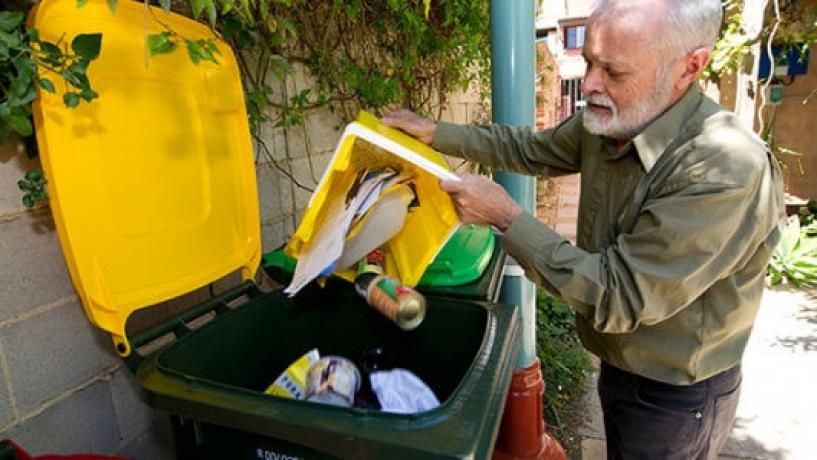
If you want to make a difference in how much food you have to throw away, then you have to change how you work with customers. There are three different things you can do to reduce consumer food waste.
There used to be an old saying, “waste not, want not”. This meant that if you chose to not waste anything, then you would not want for anything later since it would still be available. Things certainly have changed, and most people opt for convenience to themselves over anything else. This can definitely be seen in the food industry. As a restaurant owner, just calculate how much food is thrown away each day. Because of strict health codes, you can’t keep any items. That means when customers over order, you will be throwing food and money in the trash.
Reduce Portions
You can subconsciously change how consumers order food by lowering portions. With just small changes, you will provide a plate that is much closer to what your customers actually want and need to eat. You don’t have to make drastic changes to reduce waste.
Additionally, make sure you have a proper kids’ menu. Many restaurants have a very low age limit for children, but few 12-year-olds can eat a whole adult meal. Create a teenage menu with smaller portions as well.
Teach Them About Leftovers
So often, customers don’t take home leftovers just because they are afraid they will just throw them away. You can take simple steps to teach them how to properly enjoy their leftovers in the days to come. Try these ideas:
- Include reheating instructions on the takeout boxes.
- Create a leftovers idea sheet and toss it in the bag. When people have ideas about how to dress up the food before reheating it, they will be more willing to try the options.
- Have your servers mention great ways to enjoy leftovers.
Educate Them on Expenses
Most people don’t understand how much money they are throwing in the trash when they toss out foods. If you have the opportunity, help to educate them on the expense. For example, the average household will throw away thousands of dollars every year. When they understand how much money they are trashing, they will be less likely to create food waste.





